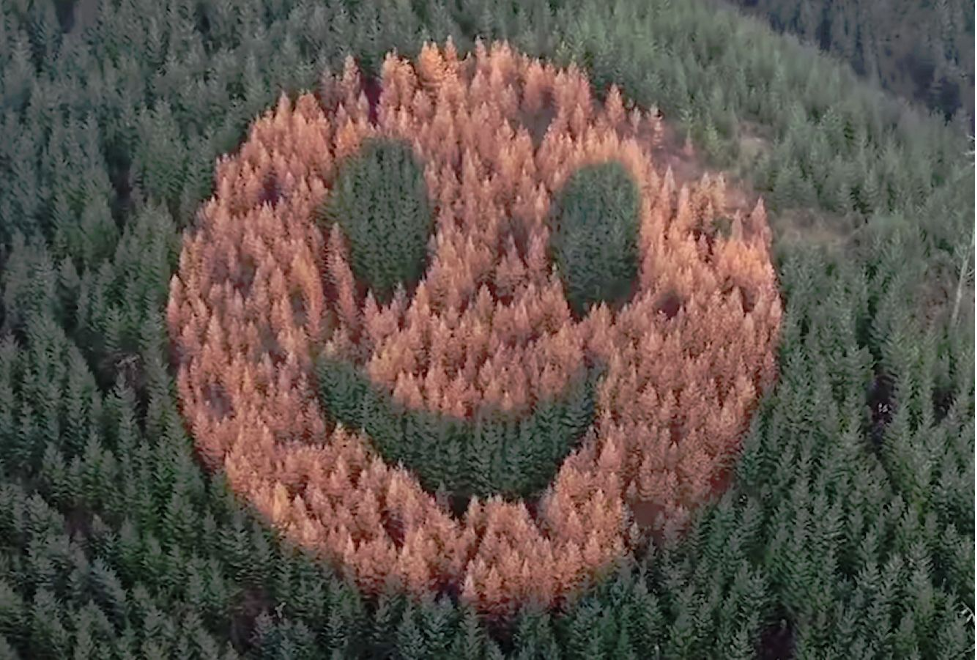
Fall foliage in the Parc du bassin Bonsecours and dome of the Marché Bonsecours, Montréal, Quebec. Photo: Wikimedia Commons.
Autumn, my favorite season, is almost here. Tomorrow, Thursday, September 22, 2022, marks the autumnal equinox—the start of fall in the Northern Hemisphere. Aside from the cooler fall weather, I and many other people love to see the fall colors in the forests, including urban forests, across the US and Canada. Some of our SFI colleagues tell me that the leaves have begun changing in Canada and the northern tier of US states. To the south, the annual change from green to brilliant red, orange, and yellow will begin soon.
Why do the leaves of many trees and shrubs change color at this time of year?
The College of Environmental Science and Forestry (ESF) at the State University of New York explains that, “because of changes in the length of daylight and changes in temperature, the leaves stop their food-making process. The chlorophyll breaks down, the green color disappears, and the yellow to orange colors become visible and give the leaves part of their fall splendor.
“At the same time other chemical changes may occur, which form additional colors through the development of red anthocyanin pigments. Some mixtures give rise to the reddish and purplish fall colors of trees such as dogwoods and sumacs, while others give the sugar maple its brilliant orange. The autumn foliage of some trees show only yellow colors. Others, like many oaks, display mostly browns. All these colors are due to the mixing of varying amounts of the chlorophyll residue and other pigments in the leaf during the fall season.”
Weather—temperature, light, and moisture—influence the degree and the duration of fall colors. Low temperatures above freezing favor anthocyanin formation, producing bright reds in maples. However, explains ESF, an early frost weakens the brilliant red color. Rainy and/or overcast days tend to increase the intensity of fall colors.

This “smiley face” in Oregon is visible in the fall, when the needles of the western larch trees that form the face turn yellow.
Of course, the leaves of many trees do not change color with the season. The leaves (needles) of most conifers, such as hemlock, spruce, fir, and pine, remain green year-round. One notable exception is larch. There are three larches native to the US and Canada: eastern larch (Larix laricina), alpine larch (L. lyallii), and western larch (Larix occidentalis)—all of which sometimes go by tamarack or other common names. (These larches are not to be confused with lodgepole pine, Pinus contorta, which also is known as tamarack in some areas.) Unlike most conifers, these larch species are deciduous: Their needles turn bright yellow in the autumn and then fall off.
Here in Oregon, the difference between the deciduous western larch and the coniferous Douglas-fir is evident in the “smiley face” in Oregon, which was planted along state highway 18 on Hampton Resources land in the Coast Range (Hampton is SFI certified). The smiley face is visible in the fall, when the needles of the western larch trees that form the face turn yellow, in contrast to the dark green eyes and mouth of the Doug-fir. This video about the smiley face explains.
